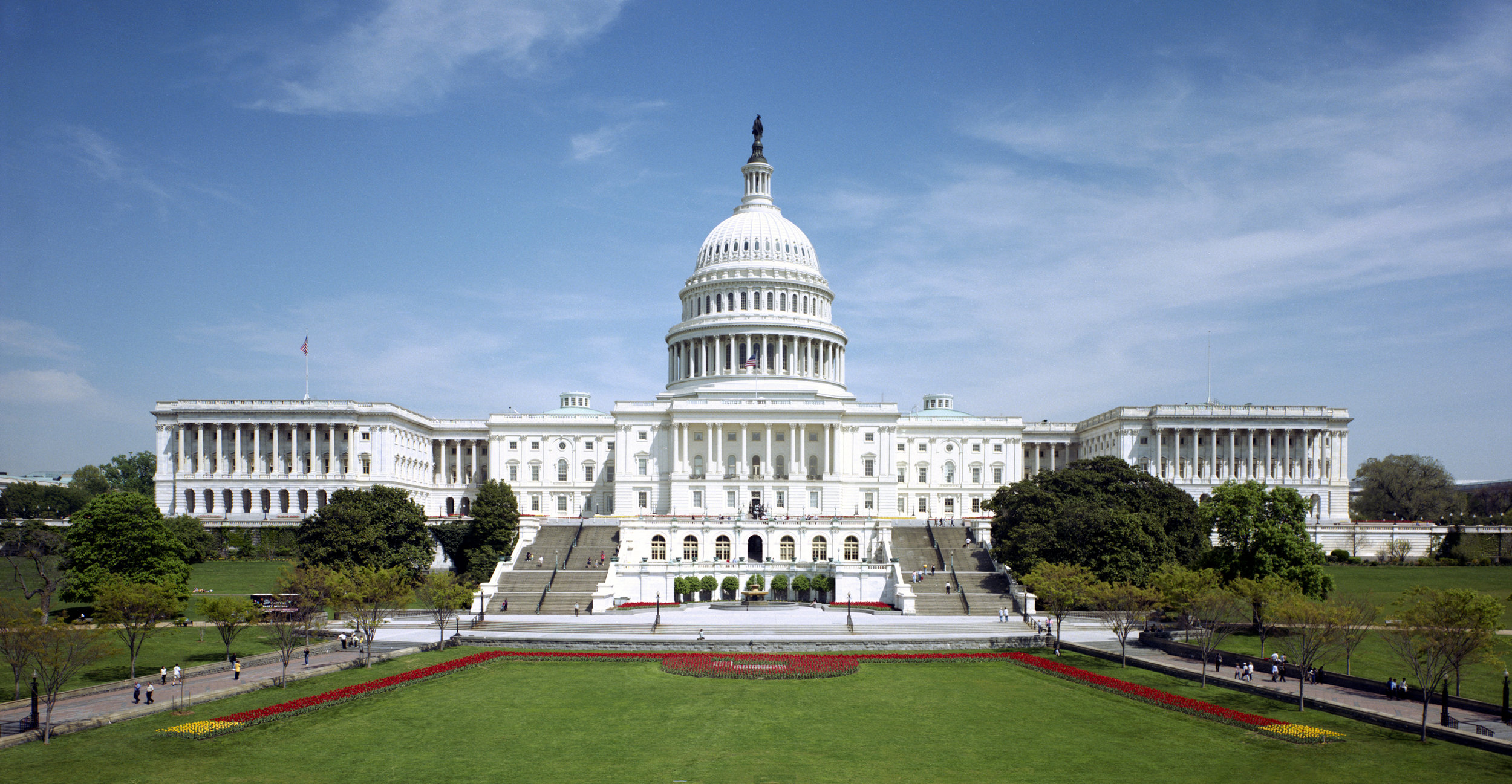NAFTA & Future of Trade Liberalization
Background
President Trump campaigned on promises to renegotiate the North American Free Trade Agreement (NAFTA) and other trade agreements. One of his first official actions as President, Trump announced his intent to withdraw the U.S. from the TransPacific Partnership, a 12-country agreement governing trade with nations in the Pacific Rim region. President Trump and members of his cabinet have pointed to a renewed approach focusing on bilateral trade negotiations that maximize U.S. export opportunities and eliminate the U.S. trade deficit with the rest of the world. More recently, the Trump Administration has signaled its first steps in the consultation process for renegotiating NAFTA.
U.S. wine exports, reached $1.61 billion in winery revenues in 2015, an all-time record and a 7.6% increase from 2014. Volume was up 4.1% from the previous year to 461 million liters or 51.2 million cases. As is the case for much of U.S. agricultural and food exports, North America is a very important market for U.S. wine. The U.S. wine industry has found increasing success in Canada—the largest foreign buyer of U.S. wine—where NAFTA resulted in an immediate reduction of import taxes. The agreement took effect in January 1994, annual Canadian purchases were valued at $35 million. By 2016, U.S. wine sales to Canada surpassed $430 million. Mexico, which phased out its import duties at a much slower rate, imported about $7 million worth of U.S. wines in the early years of the agreement due to preferential treatment of Spanish and Chilean wine imports and a small domestic market. Last year, the U.S. exported $24 million in wine to Mexico.
Even with these export gains, market access under NAFTA is not perfect. U.S. in January 2017 brought claims to the World Trade Organization challenging a regulation in British Columbia that prohibits U.S. wine and other imported wine from being sold on the same grocery store shelves, where only 100 percent provincial wine may be sold, unlawfully excluding U.S. wine exports in violation of NAFTA.
For these reasons, wineries and winegrape growers are very interested and concerned about the future of NAFTA. The U.S. wine industry continues to be pressured by imports from Chile and Australia. And, U.S. imports of wine from Europe continue to grow. To maintain competitiveness in North American markets, U.S. wine stakeholders are focused on improving the U.S. position in North American markets and would support opportunities to:
- Maintain and expand upon current market access, tariff concessions and other provisions that have supported grower income;
- End the discriminatory market access benefits provided solely to Canadian wine producers;
- Prevent reemergence of country of origin labeling requirements that will subject U.S. products –including wine – to billions of dollars of retaliatory tariffs;
In addition, wineries and winegrape growers support trade liberalization efforts, like the TransPacific Partnership, which would have eliminated existing high tariffs placed on American wines abroad and established more enforceable trade rules for wine.










